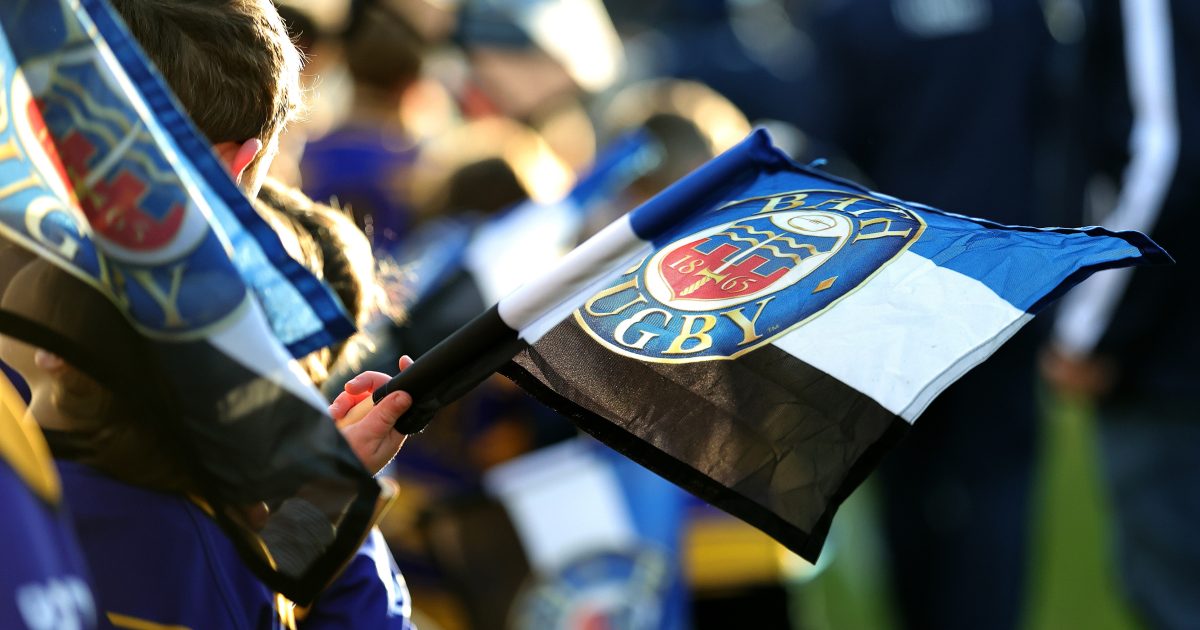Bath Rugby turnover breaks £20m but losses increase

The latest set of company accounts for the financial year ending 30 June, 2024 reveal how much Bath Rugby rely on owner Bruce Craig’s deep pockets to keep them afloat.
Craig, who is the sole shareholder, bought Bath Rugby in 2010 and has pumped millions into the club in an attempt to bring back the glory days to The Rec.
Last month’s Premiership Rugby Cup win at Exeter is a meagre return on that investment so far, but there is the promise of bigger riches to come with the club flying high at the top of the Gallagher Premiership and also still in the hunt for European Challenge Cup silverware.
Desperate to bring success to Bath’s diehard supporters, Craig has increased his loan to the club by £5.9 million, and the balance on the loan now stands at a cool £3o.1 million. The loan is interest-free and payable at 12 months’ notice.
In the accounts published on the Companies House website on Monday, the club acknowledges the huge role played by Craig in its business outlook comments.
“The Club continues to rely on the support of its sole shareholder and owner, Bruce Craig, and his ongoing support remains fundamental to the Club and its plans for the future, enabling significant investment in rugby success.”
Without Craig’s financial support, professional rugby in Bath would not be sustainable, and it is a situation mirrored throughout the league, where clubs rely on rich benefactors ot prop them up and cover losses.
Largely due to increased ticket sales and matchday spending, Bath Rugby increased its turnover by 5.5%, from £19.74 million to £20.82 million.
The majority of home games in the Gallagher Premiership were sold out as fans flocked to The Rec to see the team’s run to the final and stars like Finn Russell showcase their skills, plus there was the added £600,000 bonus of a home semi-final and two England U20 fixtures, against Wales and France, which were both well supported.
The kit deal with Castore was not so good for business, however, as the club moved away from selling merchandise directly to customers and used a third-party model instead. Due to ‘operational challenges’, revenue from merchandising declined by half-a-million to £0.1 million.
Meanwhile, staffing levels remained almost identical to the year before, with the near half-a-million increase in staff costs attributed to pay rises for the 174-strong workforce.
Overall, the club’s loss for the financial year went up by 12.9%, from £3.26 million to £3.68 million.
News, stats, live rugby and more! Download the new RugbyPass app on the App Store (iOS) and Google Play (Android) now!

















































